Breaking
- MENU
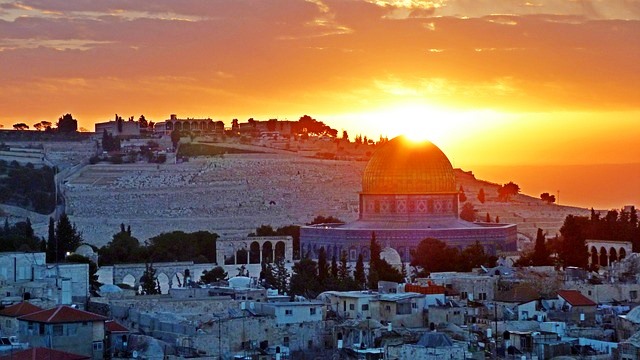
This is a summary of a major proposal that documents the need to establish an Israeli-Palestinian confederation that is dictated by the realities on the ground, which is the only thing that will provide an enduring, sustainable peace agreement between the two sides.
Introduction
After 73 years of conflict, regardless of the many changes on the ground, and irrespective of the political wind that swept the region and the intermittent violence between Israel and the Palestinians, the Palestinians will never give up on their aspiration to establish a state of their own. Ultimately a two-state solution remains the only viable option to end their conflict, yet independent Israeli and Palestinian states can peacefully coexist and be sustained only through the establishment of a confederation.
The conflict became increasingly intractable due to the failure in previous negotiations to come to an agreement, as new conditions have been created on the ground and both sides sought concessions to which the other could not acquiesce. An agreement in principle on the establishment of a confederation from the onset as the ultimate goal could allow both sides to jointly resolve and manage common issues which are not subject to dramatic shift and are central to reaching a sustainable peace agreement.
Confederations are defined as “voluntary associations of independent states that, to secure some common purpose agree to certain limitations on their freedom of action and establish some joint machinery of consultation or deliberation.” [Emphasis added] Such a confederation would join independent Israeli and Palestinian states together on issues of common interest that can only be addressed in full collaboration under the framework of confederation, such as the interdispersement of the Israeli and Palestinian populations, the future of Jerusalem, national security, the fate of the settlements, and the Palestinian refugees.
To reach that ultimate goal, a process of reconciliation for a period of 5-7 years will be required to mitigate the deeply entrenched distrust between the two sides and create a new atmosphere conducive to peaceful coexistence. Such a process would involve government-to-government and people-to-people interactions (confidence-building measures) on every level that would also mitigate the emotional and psychological barriers that have been haunting them for too long.
Conditions on the Ground That Make Confederation Central to Enduring Peace
Interdispersement of the population
The fact that the Israelis and Palestinians are interspersed and anchored in their current places of residence makes it simply impossible to physically separate them. There are an estimated 2.77 million Palestinians and 400,000 Israelis in the West Bank, and in East Jerusalem, there are nearly 330,000 Palestinians and 215,000 Israelis who mostly live in the post-1967 Jewish neighbourhoods surrounding East Jerusalem. Although the majority of Palestinians live in East Jerusalem, they move freely across the city and throughout Israel.
While some Israelis living in small settlements scattered throughout the West Bank can be relocated to larger ones, the vast majority of settlers will stay in place. As was agreed in previous negotiations, the Palestinians will be compensated through land swaps (approximately four to six percent of territory), comprised mostly of the three large settlement blocs along the 1967 border which encompass approximately 80 percent of all settlers.
Other settlements, such as Ariel, will undoubtedly remain on Palestinian-controlled land. The Palestinians have no choice but to accept that hundreds of thousands of Israelis will continue to live in settlements in the West Bank, and that removing all settlements outside the three blocs is a non-starter However, some small settlements will be removed or relocated in order to create land contiguity for the future Palestinian state.
Under a confederation, there will be a need to differentiate between citizenship and permanent residency. Israelis living in the West Bank can vote or be elected in Israel while maintaining permanent residency in the West Bank, provided they adhere to local laws and ordinance; the same is applicable to Palestinians, especially those living in East Jerusalem. To maintain the national identities of both Israel and Palestine, relinquishing citizenship for the other will be allowed only on rare occasions, such as when intermarriage occurs.
Jerusalem
Jerusalem is unique in that both Israelis and Palestinians have a special affinity to the city. There are four major factors that attest to the city’s uniqueness. First, East Jerusalem houses the largest mixed Jewish-Arab community anywhere in the world. Second, the city’s infrastructure and services are all fully integrated, and there is simply no way that they can be divided. Third, Jerusalem is home to some of the holiest sites in Judaism, Islam, and Christianity. Fourth, the political status of the city continues to be a point of contention.
Under any circumstances the city will remain united physically, regardless of any political delineations, especially given that the majority of the population in East Jerusalem is Palestinian. Thus, the city’s administration must be multifaceted.
While East and West Jerusalem would be independent municipalities with their own laws and administrations—East Jerusalem as the capital of the Palestinian state and West Jerusalem as the capital of Israel—a joint Israeli-Palestinian commission covering the entirety of Jerusalem must be established to handle any issues or services that have an impact across the two sections of the city. Such issues include municipal services, cross-border crimes, and development projects, to name a few examples.
Jordan will continue to control the Muslim holy shrines, and Israel will maintain its control over the Western Wall. The two sides will have to cooperate and work closely to ensure the security and future development of these sites.
In the final analysis, Israel will have to accept that the Palestinians will establish their capital in East Jerusalem, while all Israeli Jews living on the east side of the city will remain where they are. In fact, the Trump administration’s official recognition of Jerusalem as Israel’s capital clearly states that “We are not taking a position on any final status issues, including the specific boundaries of the Israeli sovereignty in Jerusalem, or the resolution of contested borders. Those questions are up to the parties involved.”
Security
Israel’s national security and the Palestinians’ sense of insecurity are sources of great concern to both sides, particularly as they are intertwined. Therefore, security collaboration is central to any peace agreement.
Notwithstanding the fact that Israel is the most powerful country in the region, the Israelis still experience a sense of existential vulnerability, traceable to the Jews’ historical experiences, culminating in the Holocaust, which left an indelible mark on every Jew. Thus, the concern over Israel’s national security is psychologically ingrained, and neither its own military prowess nor external assurances to protect its security completely assuage those concerns. For this reason, Israel takes no risk, however small, over any threats against Israel’s very existence, regardless of how real or exaggerated such threats may be.
One central security issue is the protection of the Jordan Valley. While Israel insists on maintaining its own security forces along the Jordan River, the Palestinians have rejected this as they consider the Jordan Valley an integral part of a future Palestinian state. Instead, Israelis and Palestinians should join forces to guard the border with Jordan, with the full cooperation of Jordan.
The newly-established Palestinian state must be demilitarized. However, the Palestinian state would retain its existing paramilitary security forces and handle any external threat jointly with Israel’s military, along the line of their existing security cooperation. Such full cooperation on all security matters can be done only in the context of a confederation. This should include: sharing intelligence, conducting joint operations to prevent violent attacks from either side, and establishing rules of engagement to prevent accidental clashes between their respective security forces.
Borders
Under the framework of a confederation, the contours of the final borders will be determined by mutual agreement and appear on maps only, including the political line that will be established between East and West Jerusalem. The time span of the transition from hard to soft borders will depend on the prospective interactions between the two sides on many levels.
Palestinian refugees
Although the solution to the Palestinian refugee issue is not directly related to the confederation, there will be no solution to the Israeli-Palestinian conflict until this issue is settled.
It is time for the Palestinians to disabuse themselves of the notion of the right of return as they currently envision it. The return of the refugees would demographically obliterate the Jewish national character of the state, which is the raison d’etre behind Israel’s creation.
Instead, the Palestinians must redefine the right of return—not to the exact towns and villages from which they and their ancestors fled, but to a return to the State of Palestine in general, which is in line with the international legal principle of right of return. The solution to the refugee issue rests then, as it always has, on compensation and/or resettlement, mostly in the West Bank, and offering compensation for those who choose not to relocate, be they in Lebanon, Syria, Jordan, or beyond. If any Palestinian refugee chooses to return to Gaza, they should be free to do so.
When a confederation between Israel and the Palestinians of the West Bank is established, Hamas can then be invited to join, provided it recognizes Israel’s right to exist and officially renounces the use of violence. If Hamas elects not to join at the early stage, they should be allowed to join later as long as they fully subscribe to the framework of the confederation.
Reaching an agreement with the Palestinian Authority but not Hamas will as a consequence leave some unfinished business, but it will not torpedo any kind of agreement with the PA. They should not continue to be held hostage over what Hamas does or does not want to do, unless it is prepared to join the process immediately.
The role of the United States
The Biden administration, which supports the establishment of an independent Palestinian state, must now take into full consideration the vast and irreversible facts on the ground that clearly point to the need for total Israeli-Palestinian collaboration on just about every front.
Given that the Biden administration is not inclined to dive into full-scale peace talks fearing, and for good reason, that the political climate is not conducive to such negotiations, it should focus on the reconciliation process. This process would entail confidence-building measures and alleviate over a period of 5 to 7 years the deeply-rooted distrust and hatred and create a new environment ripe for peace.
Conclusion
The establishment of an Israeli-Palestinian confederation can fully satisfy the national aspiration of both peoples. Israel will be able to secure and sustain the Jewish national identity of the state and its democracy, as well as its national security concerns. The Palestinians will be able to establish a free and independent state of their own, live in security and peace, and engage in nation-building where they can grow and prosper.
Israelis and Palestinians must remember that they have been fated to coexist, either in a state of constant enmity and conflict, or as neighbours living in peace and security that can prosper together. They must now choose one way or the other as neither side can concoct any other sustainable alternative.
Note: This article was originally published in the web portal of Prof. Ben-Meir and has been reproduced under arrangement. Web Link
As part of its editorial policy, the MEI@ND standardizes spelling and date formats to make the text uniformly accessible and stylistically consistent. The views expressed here are those of the author and do not necessarily reflect the views/positions of the MEI@ND. Editor, MEI@ND: P R Kumaraswamy

Dr. Alon Ben-Meir is a professor of international relations and Middle Eastern Studies at New York University. He is also a journalist/author and writes a weekly syndicated column for United Press International, which appears regularly in US and international newspapers. Email: alon@alonben-meir.com
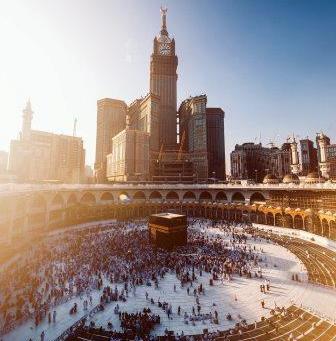
Regardless of the intensity of the current conflict between the Biden administration and Saudi Arabi.....
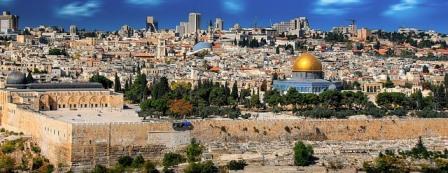
Given that Israel and Hamas collaborate both publicly and tacitly on multiple fronts, one would thin.....
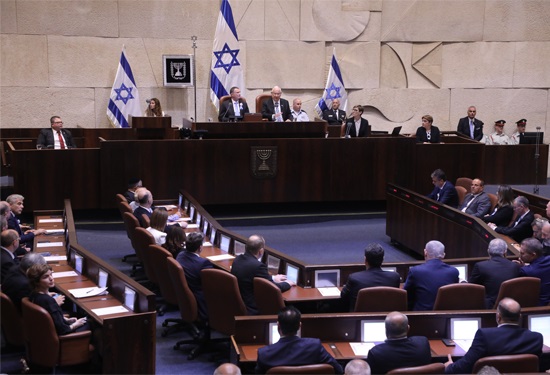
No people have ever risen from the ashes of near-extinction to form a country and achieve the height.....
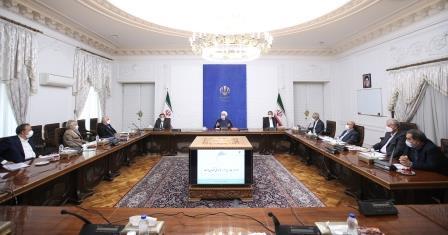
Righting the Wrong Israel’s repeated threats to attack Iran’s nuclear facilities irre.....
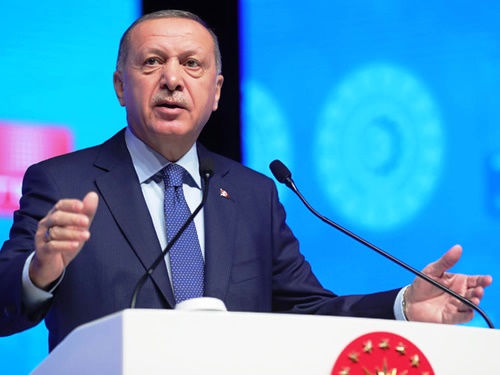
Dear President Erdogan, I send this open letter to you because it pains me to see a country like .....
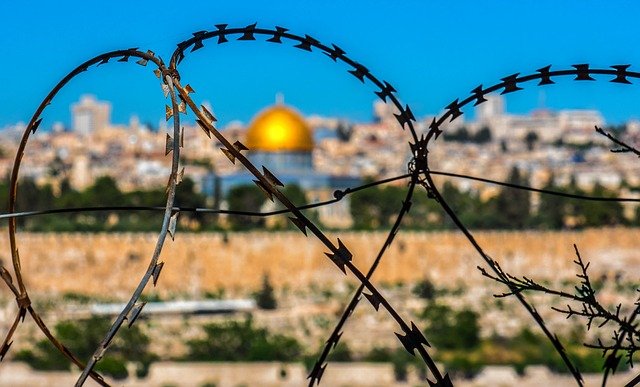
The Israeli argument against the establishment of a Palestinian state on the grounds of national sec.....
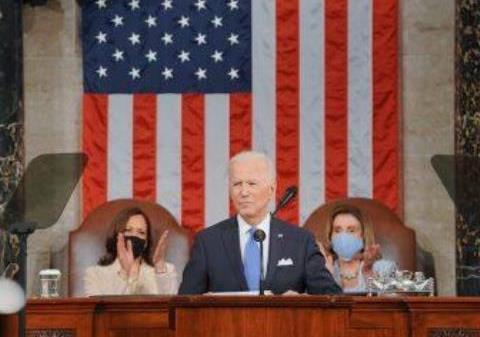
It takes bold US leadership to effect a change in the Israeli-Palestinian discourse, and Biden may w.....
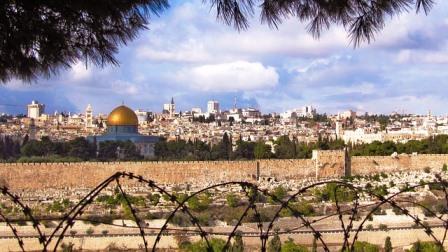
Although the Palestinians have every right to establish an independent state of their own, nothing h.....
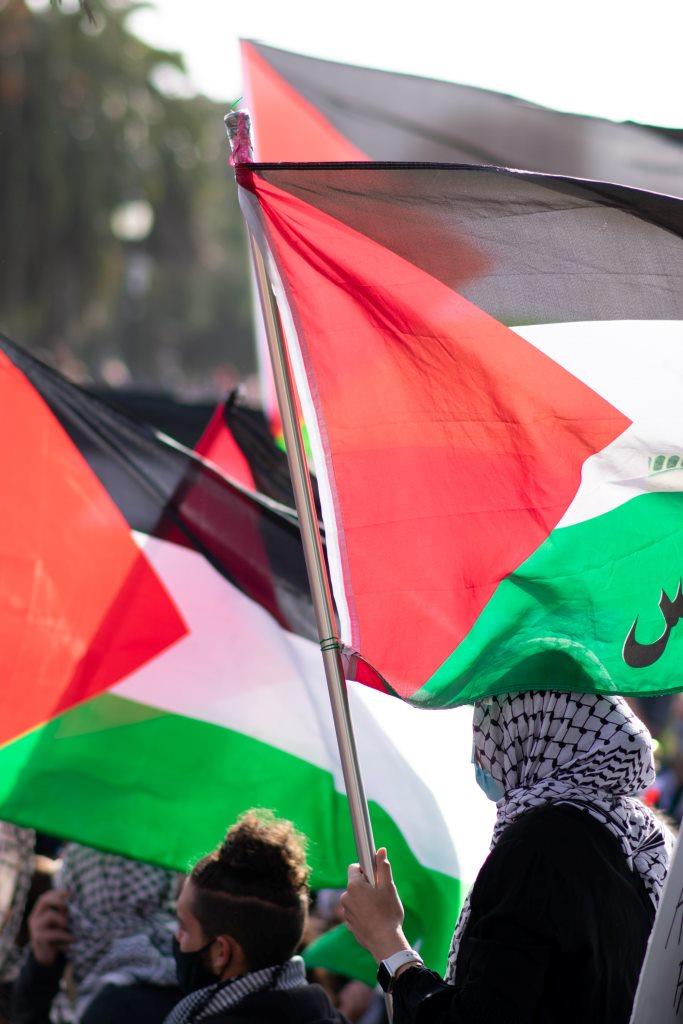
Every Israeli will sooner than later realize that the creation of a Palestinian state is the only wa.....
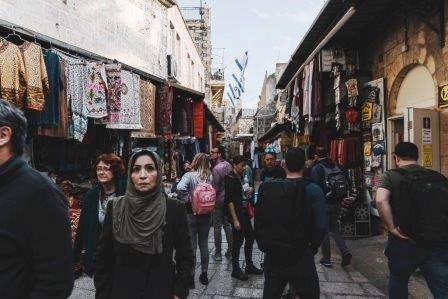
There has never been an Israeli government representing the entire political spectrum from the extre.....
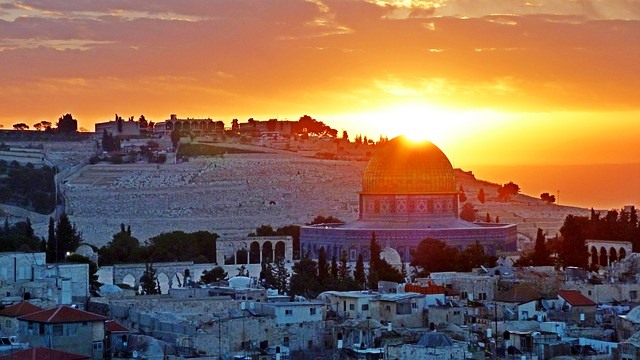
No one should have the illusion that once a ceasefire is established, Israel and the Palestinians sh.....
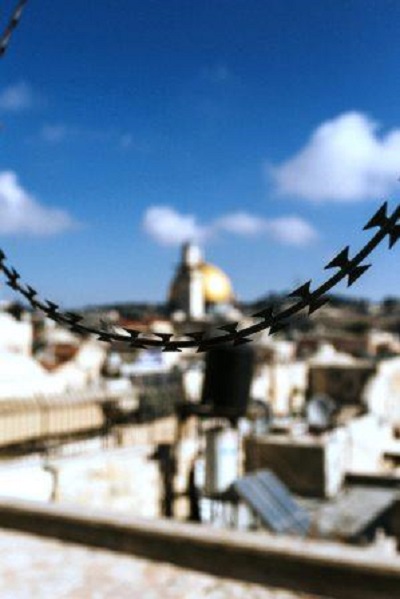
The Israeli-Palestinian conflict will never be settled through violence. Both sides must wake up and.....
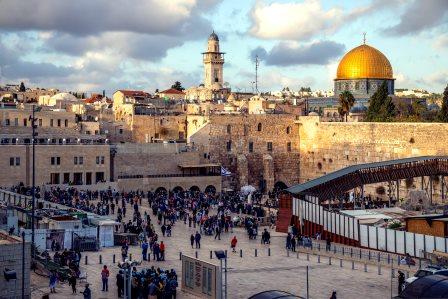
Regardless of how the current and future violent conflicts between Israel and the Palestinians in Je.....
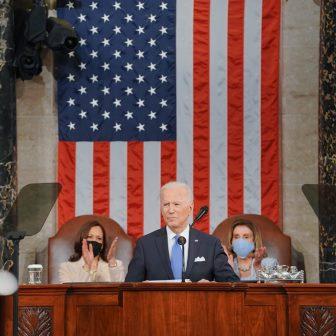
The Biden administration’s new Middle East strategy is forcing regional powers to reassess the.....
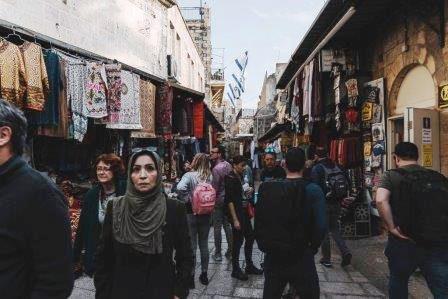
It is hard to fathom how in a country that boasts about its technological advancements, scientific b.....
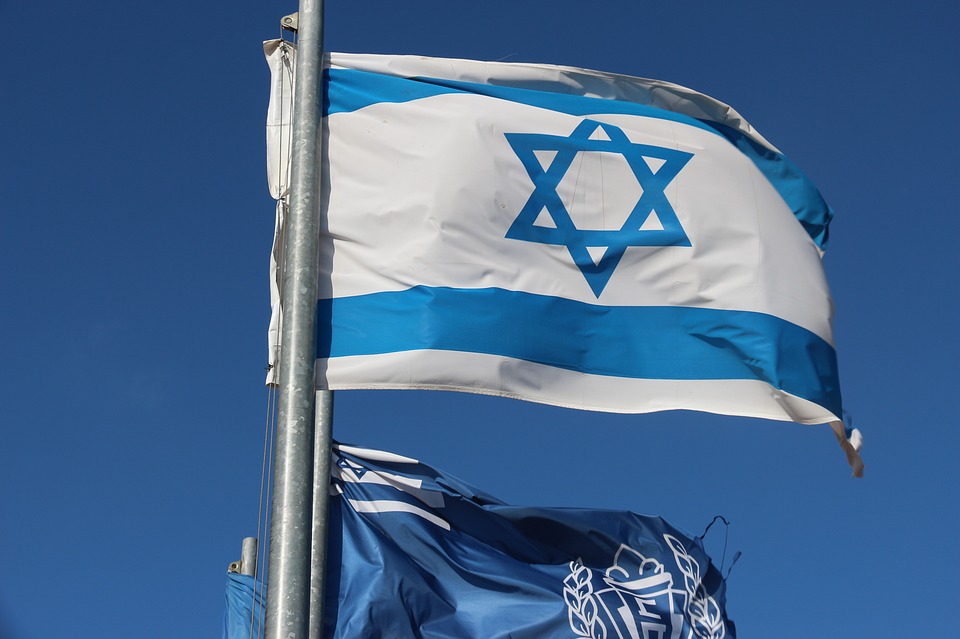
The result of the fourth election in two years clearly points to the dysfunction of Israel’s p.....
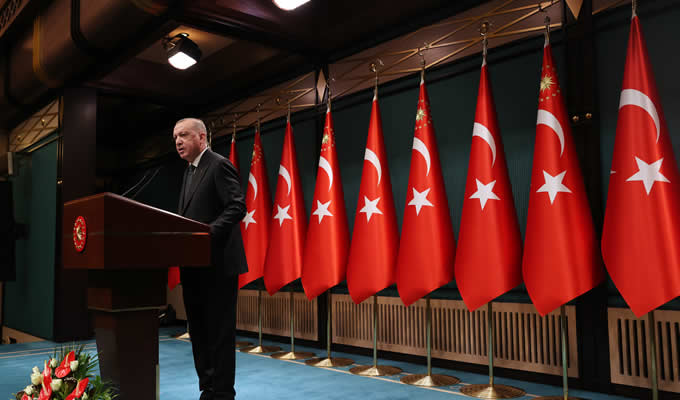
Erdogan’s decision to withdraw Turkey from the 2011 Council of Europe Convention on Preventing.....
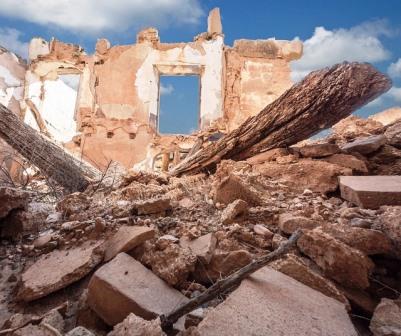
Tragically, the entire international community has failed miserably to muster the moral courage to e.....
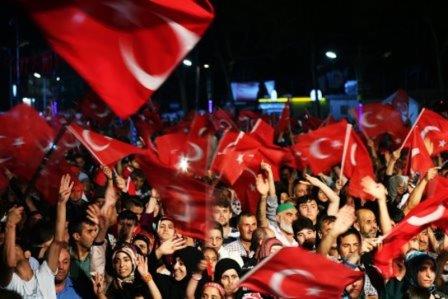
The US and the EU will make a mockery out of the virtues of morality and human rights they preach un.....
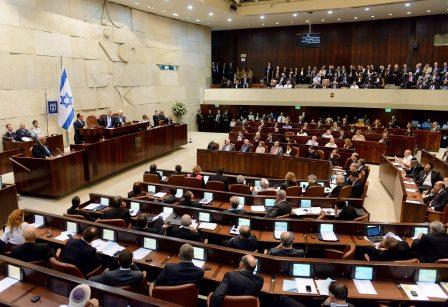
The Palestinian conflict is dangerously eroding Israel’s moral standing as the public’s .....

While tens of thousands of Yemeni men, women and children are dying from starvation and disease, the.....
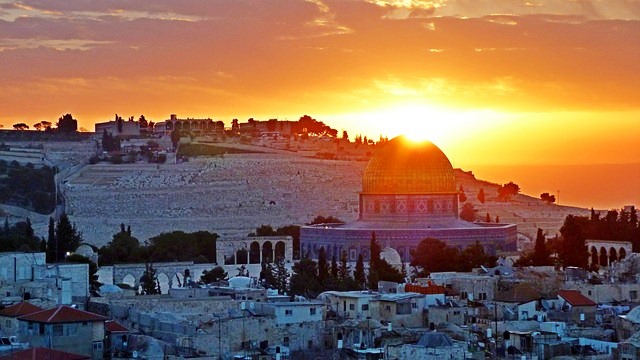
The peace agreement between Israel and the UAE lays the foundation for a future Israeli-Arab allianc.....
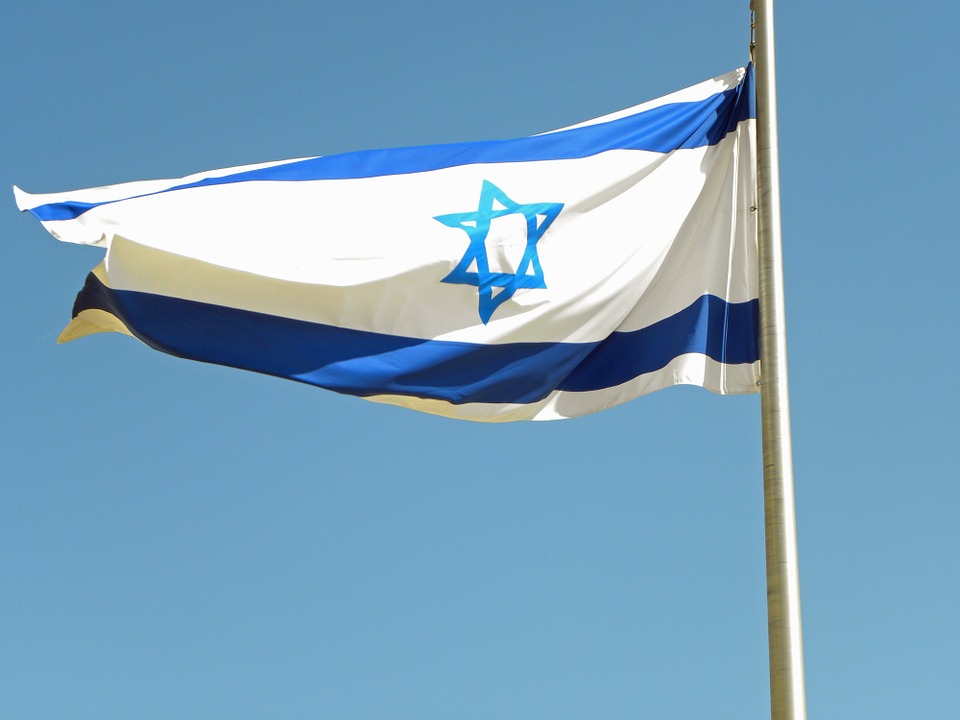
It is said where are two Jews, there are three opinions. And in the state of Israel, there is yet an.....

Four ethical theories—Kantian, utilitarian, virtue-based, and religious—demonstrate the .....
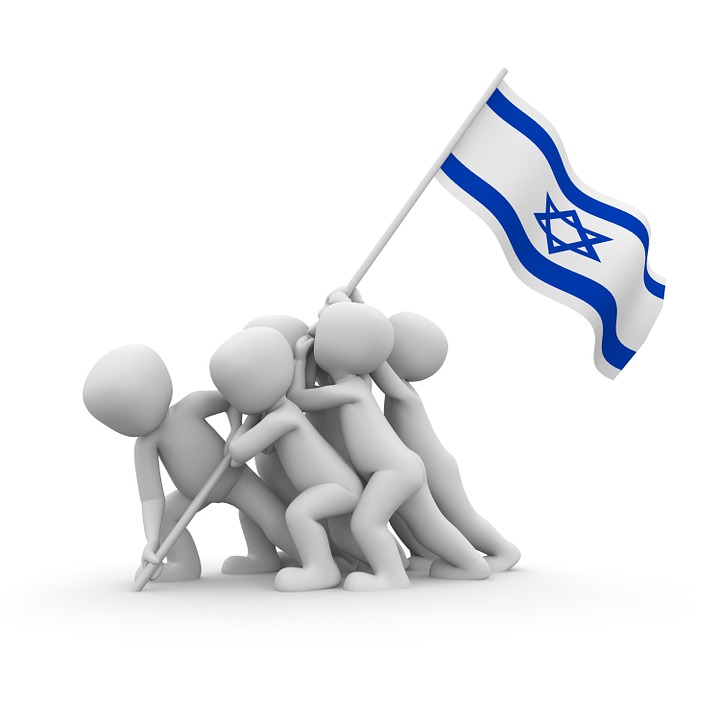
I have long maintained that Israel’s occupation of the West Bank defies the moral principle be.....
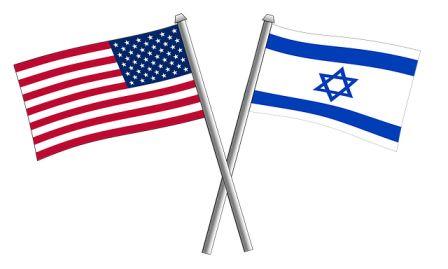
Since the Second Intifada in 2000, the Israelis have been steadily moving to the right-of-centre. Su.....
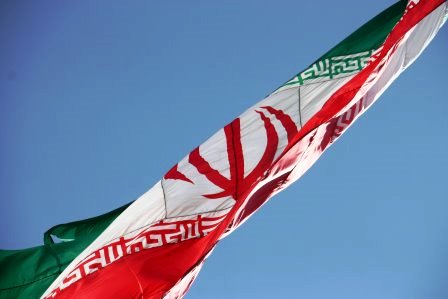
Those who applaud the assassination of General Soleimani seem to simply equate him to a terrorist wh.....
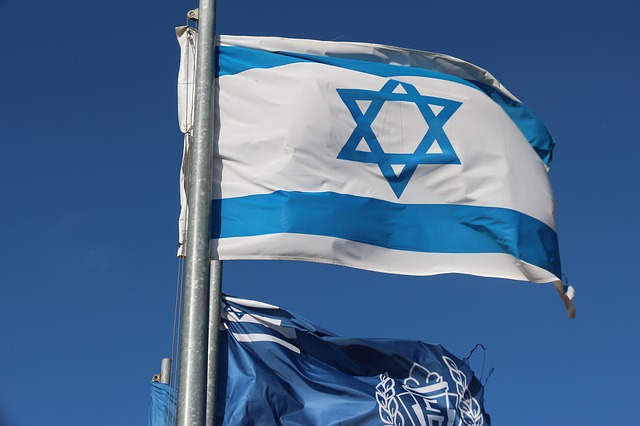
The long-anticipated indictment of Prime Minister Netanyahu has finally come to pass. For three year.....
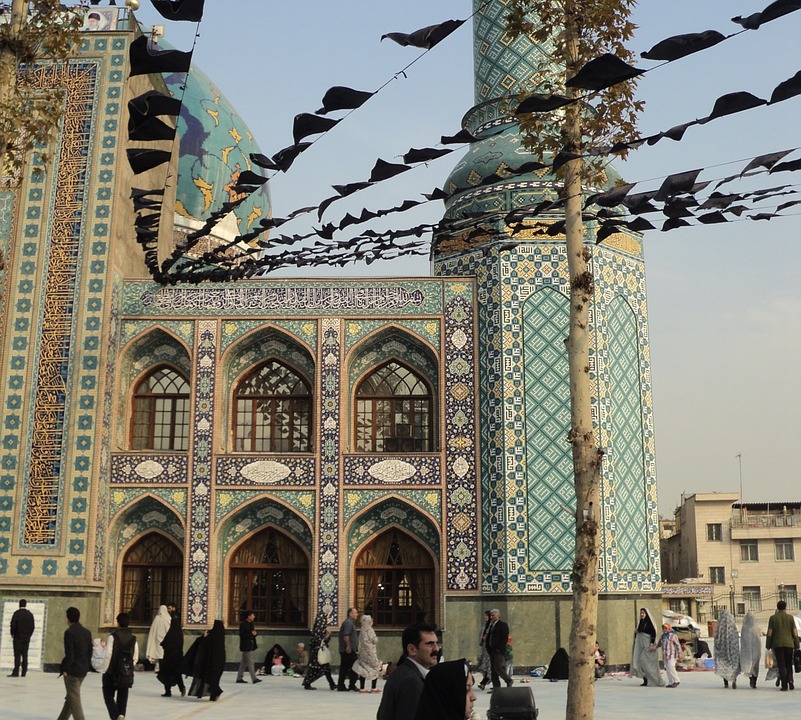
Trump’s decision to withdraw from the Joint Comprehensive Plan of Action (JCPOA, or Iran deal).....
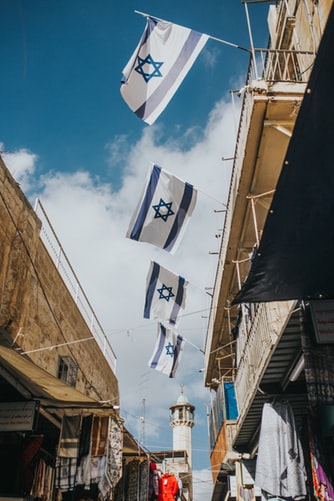
Much has been said and written about Trump’s disgraceful pointed “advice” to Prime.....
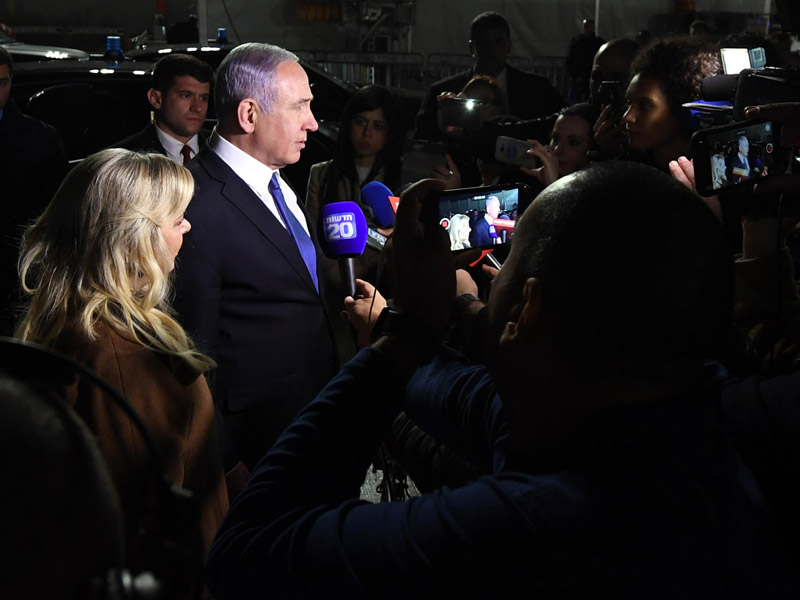
Israeli Prime Minister Netanyahu’s decision to call for an early election, scheduled to take p.....
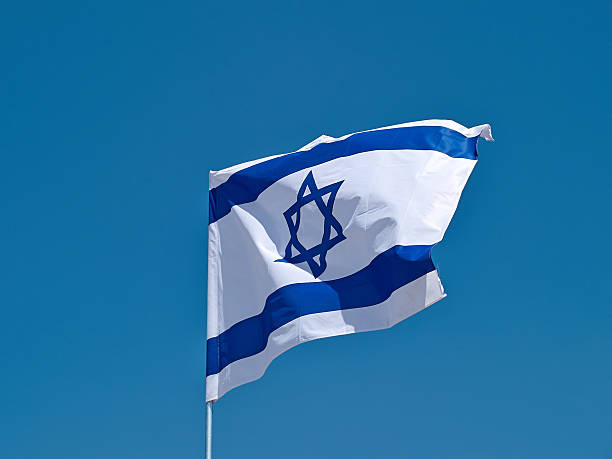
Over the past three decades I wrote more than two hundred articles about Israel, envisioning it to b.....
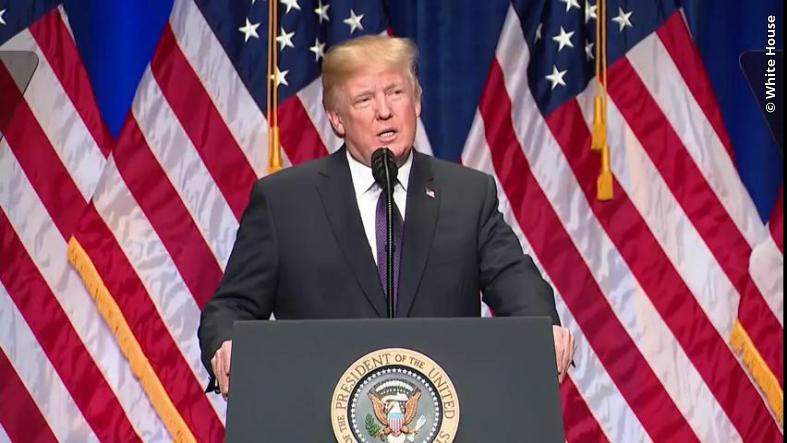
Trump’s decision to withdraw US forces from Syria is extremely reckless and is bound to backfi.....
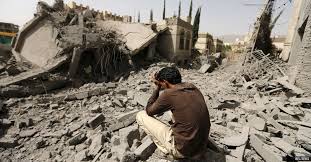
The cold-blooded killing of the journalist Khashoggi, however gruesome, pales compared to the brutal.....
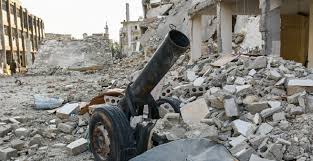
With Syria’s civil war nearing an end with the takeover of the city of Idlib by Assad’s .....
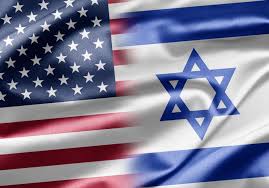
I maintain that regardless of the political, strategic, demographic, and regional vicissitudes, the .....

Last week I conducted a panel discussion about Turkey under the leadership of Erdogan. The day befor.....
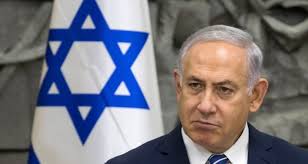
Much of what Israel and the Palestinians are experiencing today has befallen them under Netanyahu&rs.....
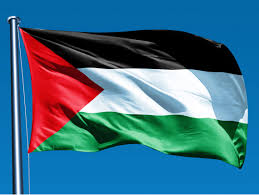
The nearly three months of demonstrations by Palestinians along the Is.....
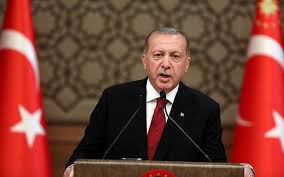
The reelection of Turkey’s President Erdogan, falsely considered to be free, fair and represen.....
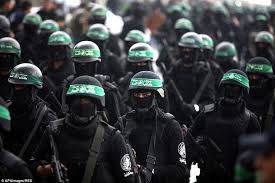
Any protracted conflict can come to an end under certain circumstances that either evolve over a per.....
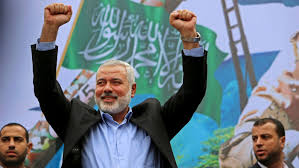
Dear M. Haniyeh and Sinwar; I am writing this letter to you in the wake of the latest confrontati.....
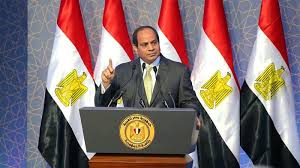
The re-election of Egypt’s President Sisi came as no surprise. Despite irregularities at some .....
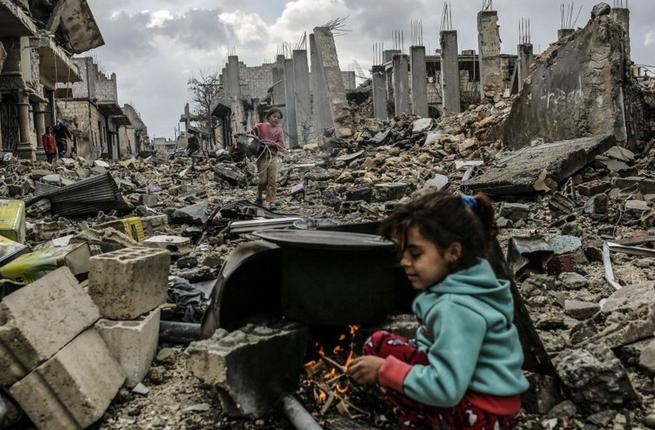
President Trump’s characterization of the US attack on specific Syrian chemical storage and re.....
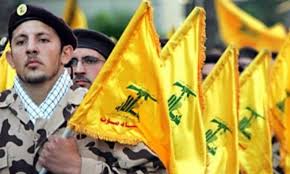
The recent violation of Israel’s air space by an Iranian drone and Israel’s retaliation .....
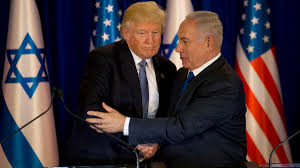
The United States has been and remains the staunchest supporter of Israel, and its unqualified suppo.....
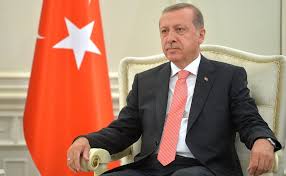
It is hard to fathom why Turkey’s President Erdogan, who embarked on the most impressive socia.....
.jpg)
The geopolitical developments in the Middle East over the past fifteen years have created .....
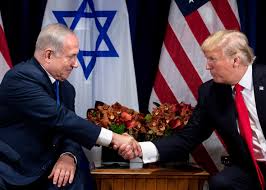
I was in Israel when Trump made his announcement recognizing Jerusalem as Israel’s c.....
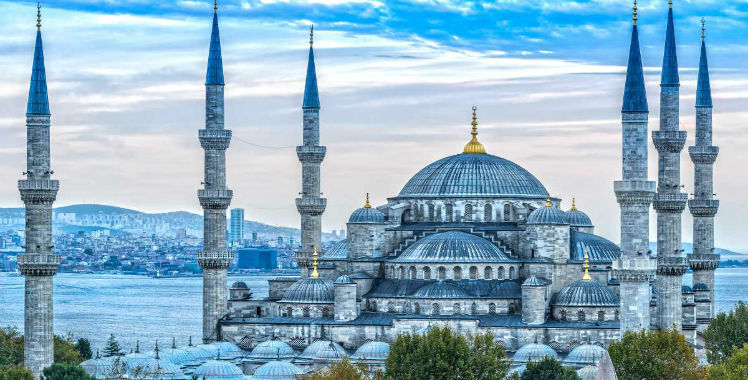
The egregious violation of freedom of the press in Turkey has reached a mammoth proportion that plac.....
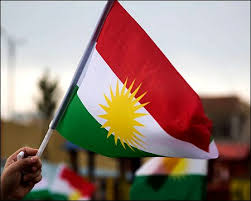
The Iraqi Kurds’ referendum that was conducted several weeks ago won an overwhelming majority .....
